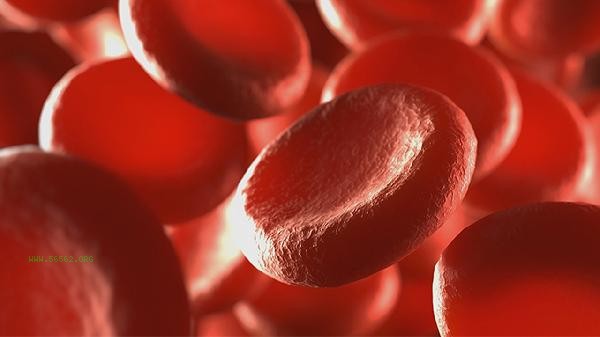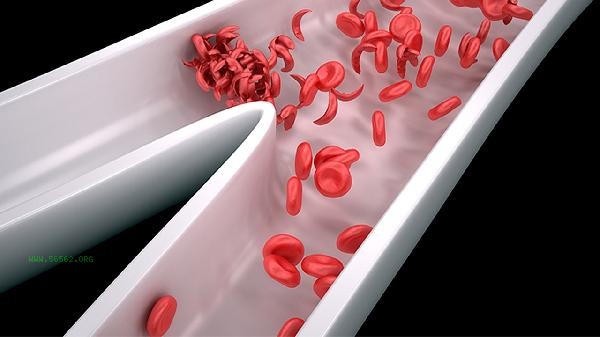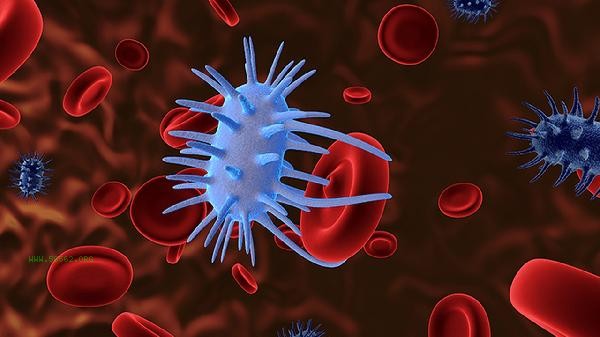Low average red blood cell volume may be caused by iron deficiency anemia, thalassemia, chronic disease anemia, sideroblastic anemia, vitamin B6 deficiency anemia, etc. It can be improved by supplementing iron, adjusting diet, treating primary diseases, and other methods.

1. Iron deficiency anemia
Iron deficiency anemia is a common cause of low average red blood cell volume, which is related to insufficient iron intake, absorption disorders, or excessive loss. Patients may experience symptoms such as fatigue, dizziness, and pale complexion. Treatment requires supplementing iron supplements such as ferrous sulfate tablets and ferrous succinate tablets, while increasing intake of iron rich foods such as red meat and animal liver. Long term iron deficiency may affect hematopoietic function, and regular monitoring of blood routine indicators is necessary.
2. Thalassemia
Thalassemia is a hereditary hemoglobinopathy that can lead to a smaller red blood cell volume. Mild patients may not show obvious symptoms, while severe patients may experience symptoms such as jaundice and splenomegaly. Genetic testing can provide a clear diagnosis, and treatment mainly involves blood transfusion and iron removal therapy. Some patients may require the use of hydroxyurea tablets to control symptoms. Couples of childbearing age should undergo prenatal screening to reduce genetic probability.
3. Chronic disease anemia
Chronic infections, tumors, or autoimmune diseases may inhibit bone marrow hematopoietic function, leading to reduced red blood cell production. In addition to the primary symptoms, patients may also exhibit symptoms of anemia such as shortness of breath after physical activity. Treatment requires controlling the primary disease, and in severe cases, recombinant human erythropoietin injection can be used to improve anemia, while folic acid tablets can be supplemented as adjuvant therapy.

4. Iron granulocytic anemia
Iron granulocytic anemia is caused by impaired heme synthesis leading to abnormal iron utilization, with circular iron granulocytes visible on bone marrow smears. Patients may experience symptoms such as pale skin and mucous membranes, decreased appetite, etc. Treatment requires the use of vitamin B6 tablets, and some patients have a good response to pyridoxine. Long term patients should avoid iron supplementation to prevent organ damage caused by iron overload.
5. Vitamin B6 deficiency anemia
Vitamin B6 participates in heme synthesis, and deficiency can lead to small cell anemia. Commonly seen in patients with long-term alcoholism and malabsorption syndrome, it may be accompanied by symptoms such as glossitis and peripheral neuropathy. Treatment requires supplementing vitamin B6 tablets and adjusting diet to increase intake of foods rich in vitamin B6, such as poultry and bananas. Alcoholics need to quit drinking to improve their absorption function. When the average volume of red blood cells is found to be low, it is necessary to complete examinations such as iron metabolism and hemoglobin electrophoresis to clarify the cause. Pay attention to a balanced diet in daily life, ensure the intake of iron containing foods such as red meat and dark vegetables, and avoid strong tea and coffee that affect iron absorption. Long term vegetarians should pay special attention to supplementing with vitamin B12 and folic acid. It is recommended to have a blood routine check every 3-6 months to monitor the improvement of anemia. If symptoms worsen, seek timely medical attention from the hematology department.









Comments (0)
Leave a Comment
No comments yet
Be the first to share your thoughts!